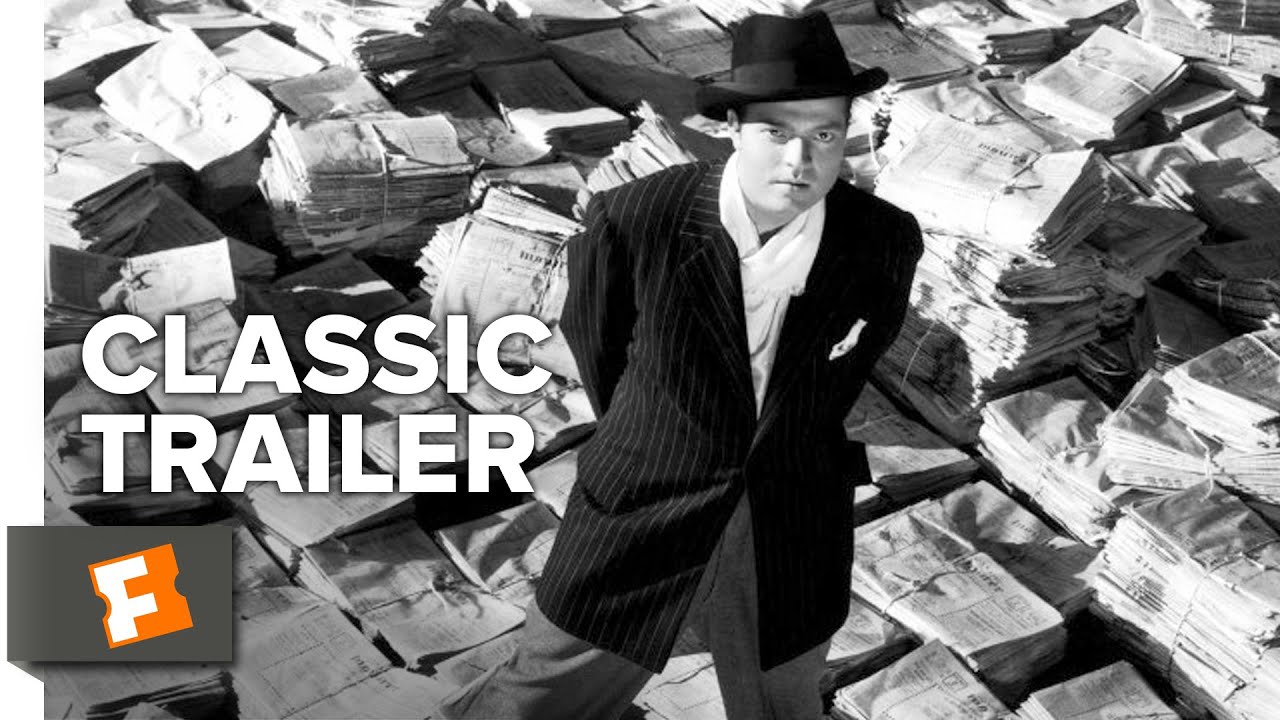“Some day, and the time won't be long in arriving, Welles will be the greatest director in Hollywood.” - Kate Cameron, New York Daily News
“An ecstasy of light and shadow, of clashing textures and graphic forms, such as hadn't been seen since the silent era.” - Richard Brody, New Yorker
Sunday, August 4, 2:00 p.m. | In both his remarkable debut film CITIZEN KANE and his provocative documentary F FOR FAKE, Orson Welles is exploring the parameters, limits, truths, and fictions of storytelling. In CITIZEN KANE, the portrait of publishing tycoon Charles Foster Kane (played by Welles), the young director unravels the life and death of the enigmatic magnate through a series of interviews with people who knew Kane, including his friends, colleagues, and ex-wife, the film innovatively unfolding in a series of flashbacks. In F FOR FAKE, Welles blurs the line between fact and fiction as he explores the careers of two famous fakers: Elmyr de Hory, a renowned art forger, and Clifford Irving, who wrote a fraudulent biography of billionaire Howard Hughes. Welles acts as our guide, and with trick shots, staged scenes, and his witty narration, he challenges us not to believe everything we see. Both films, though wildly different in form and style, step back and consider: what do we really know about the life of a man? Perhaps, in his own winking way, Welles was also asking us what we really ever knew about him.
Related Event: F FOR FAKE Sunday, August 4, 4:30 p.m.
Awards & Nominations
Winner - Best Original Screenplay, Academy Awards
Nominee - Best Picture, Best Director, Best Actor in a Leading Role (Orson Welles), Academy Awards
Entrances and Exits: With Entrances and Exits, we showcase the first and last films from 10 beloved filmmakers. For this series, we abide by three rules: films included must not be posthumous releases, they must be feature films, and they must be solo directorial efforts. Some of these pairings seem to speak to one another, presenting a cinematic through-line that represents a consistent voice from cinematic cradle to grave. Others represent dramatic departures, reflecting a filmmaker’s leap from emerging artist to heavyweight player. What new elements do we see when we connect these entrances and exits, and how do the bodies of work between them transform when we consider the bookends of a career? Though these filmmakers are no longer with us, they sure did leave an impression. View Entrances and Exits Series. Tickets sold individually for each film.
The Film Center is ADA accessible. This presentation will be projected without open captions. The theater is hearing-loop equipped. For accessibility requests, please email filmcenter@saic.edu



